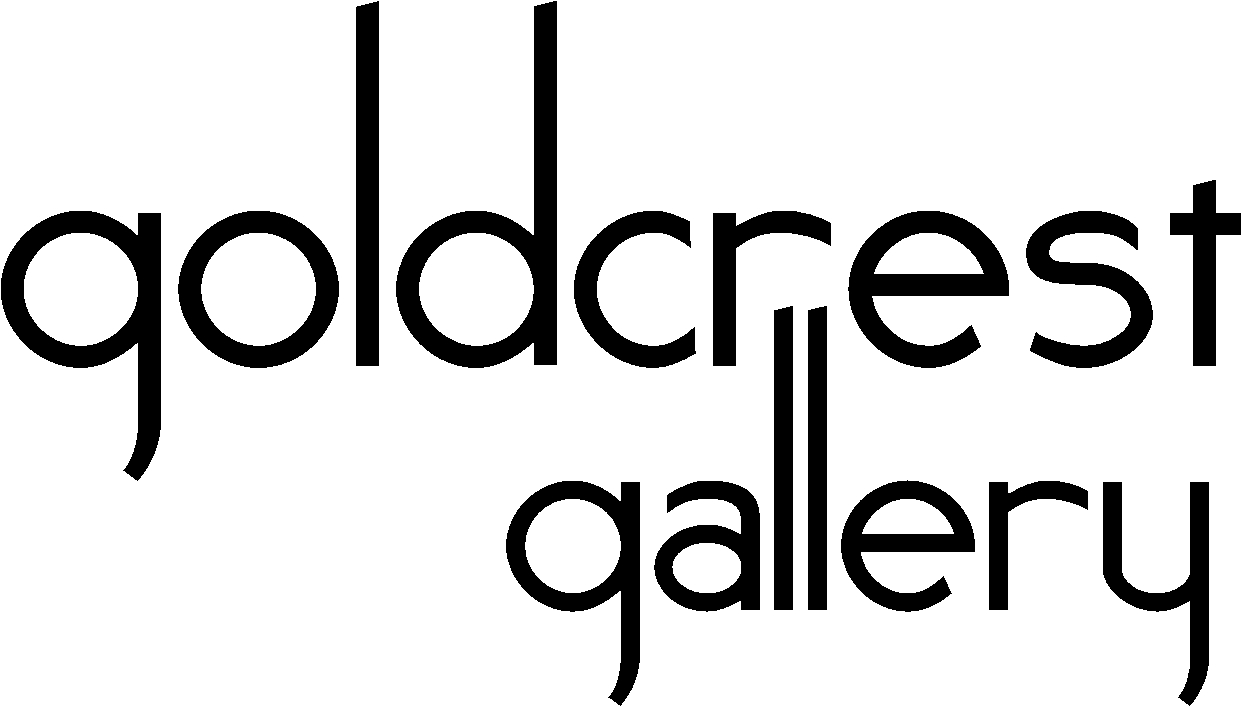Which is the most popular colour?
Colour is a strongly motivational phenomenon, and it has a huge influence on our choices and moods. For both men and women, blue is the most popular colour. Orange is the least attractive colour for women, while brown is the most unpopular colour for men. Some sources put yellow at the bottom of the colour popularity league table, with only 5% of people preferring it. It is much easier to use your favourite colour as your art inspiration, rather than the colour you don’t like. Some artists keep to their preferred colour almost exclusively, without worrying about introducing more variety in their work.
How do other artists use your least favourite colour?
But what if you want to create a well-balanced portfolio or exhibition of your artwork? What if you need to demonstrate competence in using all colours, including the one you dislike? The first thing that helps is to look at some of the ways in which other artists have successfully used the colour you don’t like! For example, Goldcrest Gallery’s Art Editor dislikes the colour yellow. But looking at how yellow has been used by artists such as Kaffe Fasset and Sir Terry Frost, helped to make it much more acceptable.
Finding the best shade of your least favourite colour
Another way to encourage yourself to like your least favourite colour is to identify which shades of this colour you prefer. With our Art Editor, Lemon Yellow was much more acceptable than the garish orangey-yellows. See our blog on ‘The Versatility of Lemon Yellow‘. If you dislike pink, for example, then paler, more subtle shades of pink may be preferable to brighter, more strident pinks.
Colour combinations
You may find that you particularly dislike your least favourite colour when it is combined with other colours in a certain way. For example, yellow is much more noticeable when partnered with blue. Or perhaps you don’t like yellow and red together. If so, avoid these combinations and choose ones which are more helpful for you. For instance, you might feel yellow looks better with black and white, or with green shades. Any neutral shades, such as beige or grey, will tend to subdue the effect of the other colours in a design or colour scheme.
Use your least favourite colour with different textures
Remember that texture can be a factor in making your non-favourite colour better or worse. If you dislike orange, for example, you may still be happy to use it with a very matte gouache, or on a rough woven-looking texture. Sometimes using metallic paint can transform the colour you dislike into something more exciting.
Scale and frequency
Scale and frequency can really help to tone down a difficult colour. If the design motifs in this colour are small, it may look much more attractive. In a repeat pattern, your less favoured colour might be used sparingly, so as not to dominate the design. This may help you to include more colourways in your portfolio.
Focus on the good points!
It helps to concentrate on the good points of the colour you dislike. If you don’t enjoy using brown, think of how good it looks in a cup of coffee, a bar of chocolate or a smart pair of shoes! Yellow can be so bright and sunny in a dark, north-facing room, for example, even if you dislike it generally as a colour.
With these tactics, hopefully you’ll be much happier using your non-favourite colour, and be able to enjoy the freedom of including it in your artwork!



